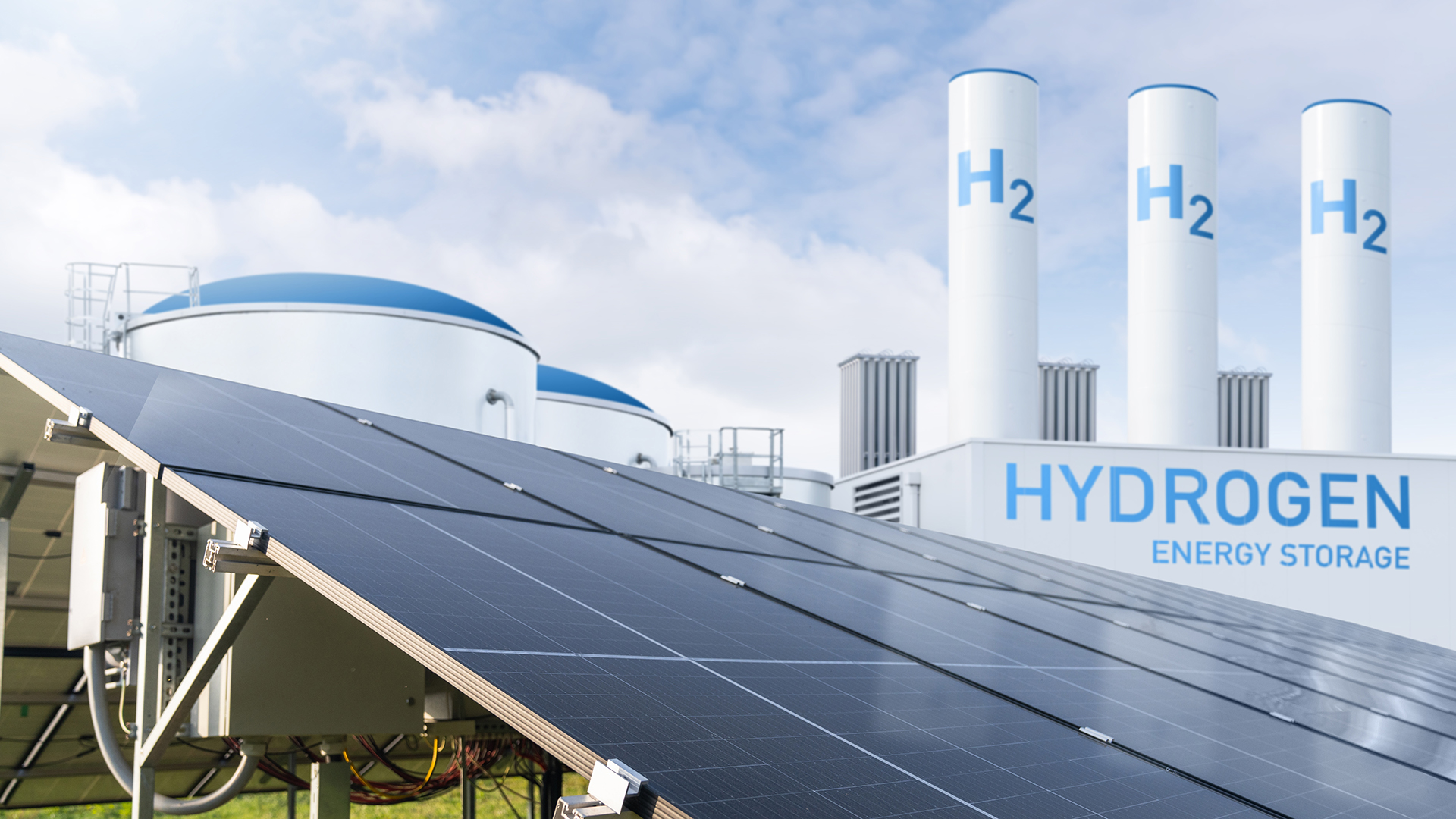Europe's Hydrogen Evolution: Deciphering the Impact of the European Hydrogen Bank Auction
Key Ideas
- €992m awarded to 15 renewable hydrogen projects in the European Hydrogen Bank auction, set to produce 2.2 million tonnes of hydrogen and cut 15 million tonnes of CO₂ emissions over a decade.
- Geographic distribution evolving with Spain leading, Germany and the Netherlands joining, and significant funding differences based on project scale and complexity.
- Maritime sector subsidies vary, reflecting the need for higher support due to technological challenges, but still align with decarbonization goals set by the International Maritime Organisation.
- European Hydrogen Bank expected to increase committed electrolyser capacity from 2.7 GW to nearly 5 GW, showcasing progress towards EU's 2030 climate targets and promoting a coherent industrial policy model for decarbonization and competitiveness.
The European Commission recently revealed the outcomes of the second European Hydrogen Bank auction, where €992m was allocated to 15 renewable hydrogen projects. These projects aim to collectively produce 2.2 million tonnes of hydrogen in the next ten years, cutting approximately 15 million tonnes of CO₂ emissions. The results indicate a shift in the distribution of projects, with Spain leading and new entries from Germany and the Netherlands. The auction saw varying funding amounts based on project complexity, with some projects receiving as little as €8m and others up to €246m over a decade.
Significantly, the maritime sector received higher subsidies, reflecting the greater challenges in decarbonizing shipping. While there are obstacles in scaling hydrogen-based fuels in this sector, the bids align with the International Maritime Organisation's emission reduction goals. The auction results also imply an increase in Europe's electrolyser capacity from 2.7 GW to nearly 5 GW if all projects proceed to Final Investment Decision, contributing to the EU's climate objectives.
Moreover, the Hydrogen Bank showcases a novel industrial policy model prioritizing decarbonization, energy resilience, and economic competitiveness. The 'Auction-as-a-Service' concept aims to harmonize hydrogen auctions at the EU level, streamlining processes and encouraging broader project participation. This mechanism, along with the fixed premium model per kilogram of hydrogen, highlights the effectiveness of targeted public funding in reducing production costs and advancing project viability.
Looking ahead, the addition of resilience criteria in the upcoming auction underscores Europe's strategic autonomy goals, particularly in reducing dependency on Chinese-sourced electrolyser components. This move reflects the EU's aim to ensure a more resilient and diversified hydrogen sector, emphasizing the importance of aligning investments with strategic objectives.
Topics
Power
Renewable Energy
Investment
Maritime Industry
EU Policy
Policy Framework
Auctions
Industrial Competitiveness
Climate Targets
Latest News
